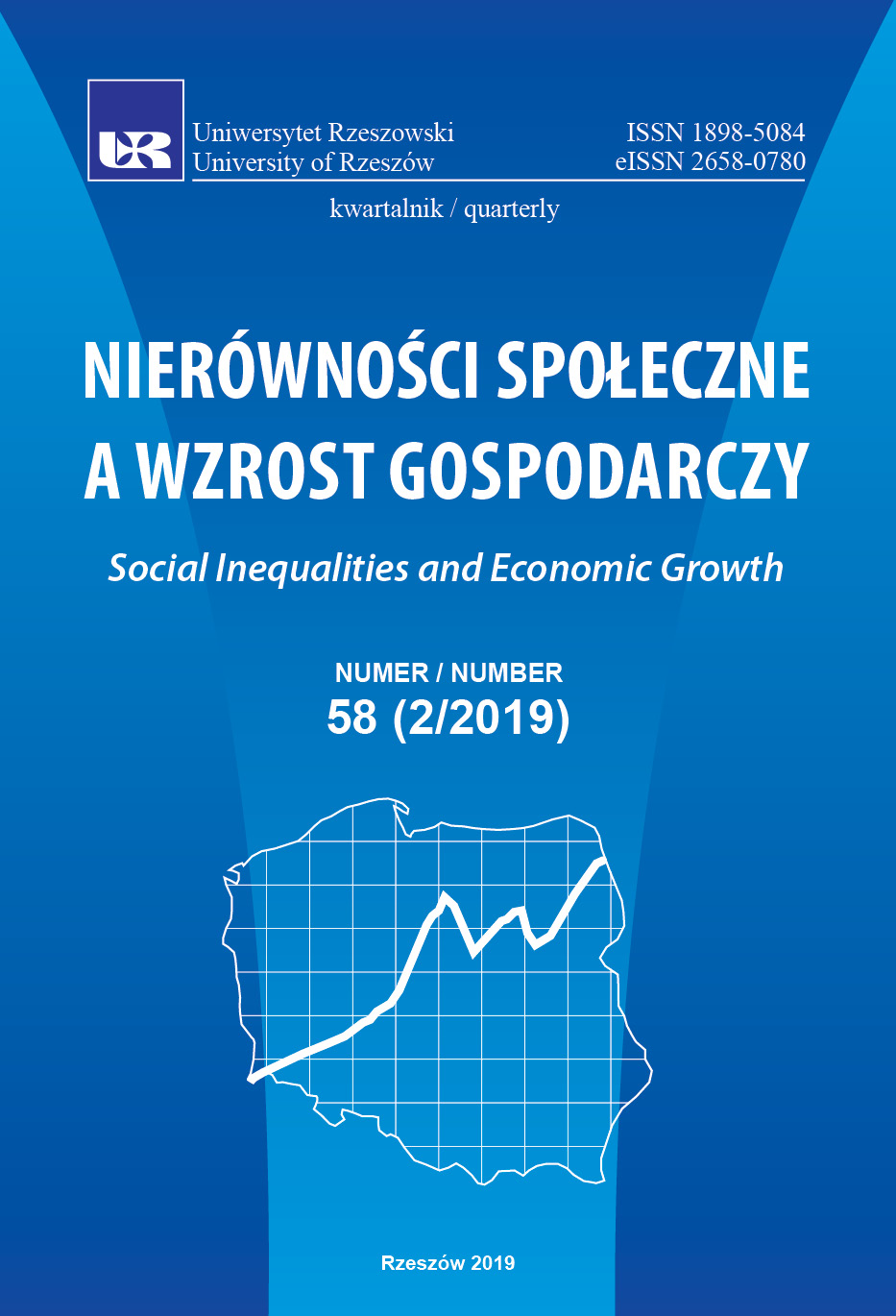The measurement of intangible assets in the organization with the use of Balanced Scorecard
DOI:
https://doi.org/10.15584/nsawg.2019.2.3Keywords:
intangible assets, measurement, measures, measurement indicators, BSC methodAbstract
In the knowledge society, the role of intangible resources, including knowledge and intellectual capital, increases. The measurement of intangible assets enables organizations to apply tools to improve their management process. Intangible assets measurement can be considered from a static and dynamic perspective. The measurement of intangible assets is based on the use of financial and non-financial measures. The effectiveness of the measurement is determined by the correct selection of measures and indicators. The difficulties in the measurement mean that many enterprises do not attempt to measure these resources. One of the proven tools for measuring intangible assets is balanced scorecard (BSC), which has been in use for over 25 years. BSC evaluates the company from the financial, customer, processes and development perspectives. For each perspective, strategic and operational goals and their measures are evaluated. BSC is a tool that provides the management with a universal instrument for translating vision and strategy into a set of logically related performance measures. It creates a comprehensive system of measuring and managing the enterprise. It creates the possibility of solving problems resulting from the difficulty of measuring intangible assets. The aim of the present paper is to indicate the essence and importance of measuring intangible assets and to present BSC as a proven method of measuring intangible assets. The work uses analysis of available literature and inference.Downloads
Download data is not yet available.
Downloads
Published
2020-11-13
How to Cite
Skrzypek, E. (2020). The measurement of intangible assets in the organization with the use of Balanced Scorecard. Social Inequalities and Economic Growth, 2(58), 35–46. https://doi.org/10.15584/nsawg.2019.2.3
Issue
Section
Articles
License
Copyright (c) 2019 University of Rzeszow

This work is licensed under a Creative Commons Attribution-ShareAlike 4.0 International License.


